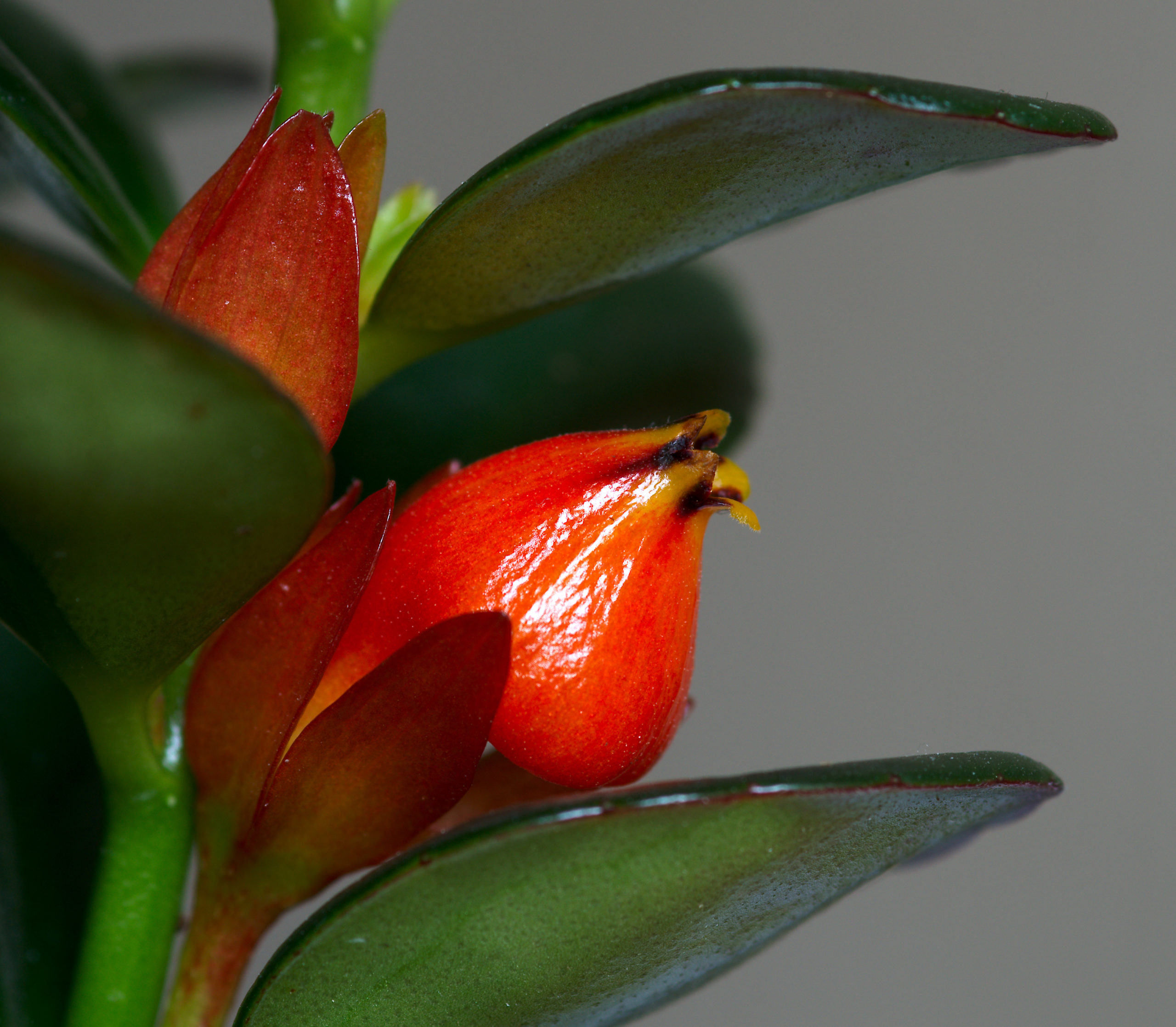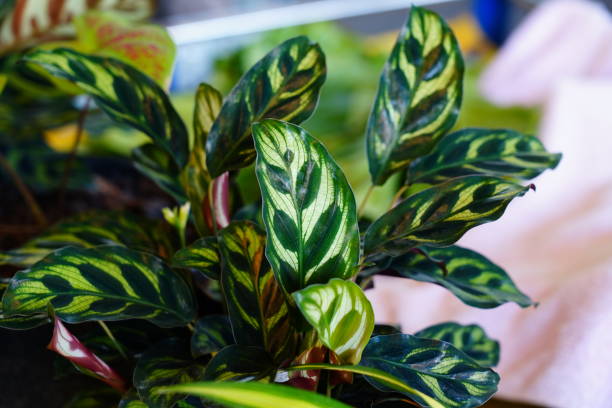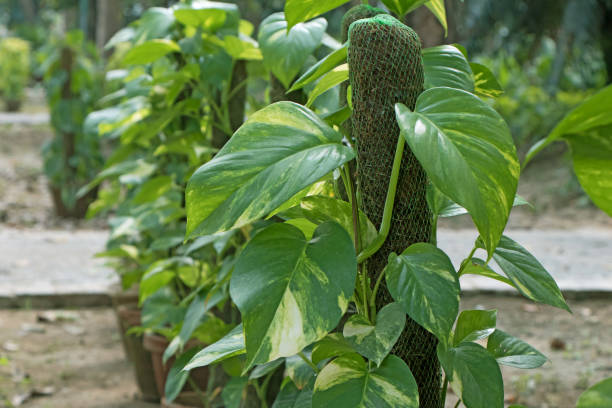Goldfish Plant Care: A Complete Guide To The Exotic Beauty

Are you a fan of exotic plants? If yes, then you must have seen the goldfish plant. Yes, it is one of the most beautiful exotic plants which might have enticed you to get one for yourself. But before you go for it, you must know goldfish plant care.
The goldfish plant or Nematanthus gregarious have earned the name as it has orange-red flowers that leap like goldfish during spring and summer. When in full bloom, this plant is a sight to withhold your breath. The good thing is that if you know how to do goldfish care, then they are profuse bloomers that splash colors. What is even amazing is that they are long-living plants that can last up to a decade if provided with proper care.
To help you with the goldfish care, we have prepared a guide for you in the article below. The guide will help you to keep your little beauty blooming and healthy.
Goldfish Care
The goldfish is an exotic houseplant that you can have to take your gardening game to the next level. They are great bloomers if they get proper care – follow these steps for goldfish Plant care:
| Botanical Name | Nematanthus Gregarious |
| General Name | Goldfish Plant |
| Type Of Plant | Perennia |
| Exposure To Sun | Bright Indirect Light |
| Type Of Soil | Well-Drained Soil |
| pH of Soil | Acidic |
| Color Of Flowers | Yellow, Red, Orange |
| Hardiness Zones | Ten To Eleven USDA |
| Toxicity | Non-Toxic |
The goldfish plants are very rewarding. If you plant them outside, they can grow up to a height of 3 feet; however, it is good to keep them under 2 feet height. For maintaining its height, the best thing to do is pinch or clip its new stems. This helps in better business and blooming of the plant.
The larger and older stems of this houseplant will cascade down to the sides and will form a really eye-catching display. They are especially gorgeous when you plant them in the hanging baskets. One thing to remember with all the types of goldfish plants is that they are sensitive to moisture and high temperatures. So you need to look out for them as if you see any leaf drops, then it could be the result of high temperatures of their leaves getting wet.
Other than this, you must also look out for pests. Any other problems can be the rust of poor and improper daily care. Some of the signs of such problems are leaf drops, leggy growth, and slow or lack of flowering. For such plants which need humidity in the environment, overwatering can be the main culprit. These plants are also prone to problems like fungus and mold growth, so look out for them.
When going for goldfish care, a regular inspection must be on your list to avoid any problems.
Light For Goldfish Plant
The light plays a vital role in any plant’s growth, and so does in goldfish plant care. These plants live bright but indirect light for best results. The best place where you can keep these exotic plants is an eastern window as there they will get the needed sunlight conditions. What’s even great is that you can also grow them under the lights during winters.
Soil
The perfect soil for the goldfish plant is fast draining, light potting soil. You can also go for the fortified soil as an option. In the wild, these plants are a type of epiphytes which means that they grow over other plants. So it can also grow in a tree and doesn’t require soil directly.
However, in gardening conditions, for the best results potting it in the soil is the best option.
Water
During the summer season, you need to water this plant generously for the best results and blooming. You will need to keep the soil moist continuously. While in the winter seasons, you will need to cut down on the water supply to this plant. In the winters, you also be needing to let the soil dry up a little.
This drying up of the soil during the winter seems to help in better blooming. But you must also be careful as the soil should never get fully dried up, or the goldfish may have negative impacts.
Humidity And Temperature
In general, many people have an assumption that tropical plants thrive best when they provide them with high humidity and heat. However, in reality, it is not true that most tropical plants grow under a canopy of other lush green plants in the natural environment. This means that the temperatures are actually cooler in comparison to open spaces.
This is why for the best blooming and growth, the optimum temperature for the goldfish houseplant is between 65 to 75 Fahrenheit in the room. All the types of goldfish plants require moderate humidity levels along with being misted with water at room temperature. The misting should only be done with normal water at room temperature as the cold water will lead to damage to the foliage.
In a particular type of condition, you can also install a humidifier near the plant as it is helpful and will save your time of misting it.
Fertilizer For Goldfish Plant Care
A fertilizer plays a vital role in the growth of any plant, and so does goldfish plant care. During its growing season, you will be needing to feed it with a weak fertilizer once a week. Make sure that the fertilizer you choose includes the micronutrients which help in increasing the blooming in it.
If you don’t want to see liquid fertilizers, then you can also use slow-release pellets as they also work excellently with the goldfish plant.
Types Of Goldfish Plants
The growers have worked extensively with the goldfish plant, and they have produced various types of flowers and even the forms of the leaf.
At present, there are around 25 various types of plants. Some of these types of goldfish are cousins to the variety of African Violet. Thus some of them have fuzzy leaves, the same as the African violet. So like the African violets, you should avoid watering the leaves on a direct basis as it may lead to fungal problems. The varieties of the goldfish have yellow or red flowers, and its “firelight” variety has variegated leaves, which are enticingly beautiful.
Propagation Of Goldfish Plant
These plants root readily from the cuttings of stem tips. For the best results, choose those stem tips which don’t have flower buds and are at least 2 to 3 inches in size. If you provide them with rooting hormone, then it will increase the odds of your success. Once you plant the new cutting, you will need to keep them in a bright, warm, and humid area until the growth emerges from them. This is a goldfish plant care tip that you must remember for better results.
New goldfish plants will not bloom until it’s summer after you propagate them, so you will need to wait.
Repotting And Potting
The goldfish plants, like many varieties of tropical plants, like to be pot-bound slightly and happen to respond more vigorously and have better flowers. Thus it means that you only need to report the goldfish after a period of two to three years.
One more goldfish care tip is that when you report, you can also prune the roots of the parent plants. This will help in encouraging the growth of new roots of the plant. You must also avoid reporting in much larger pots and instead limit the reporting to a single size.
Pest Control
Like any other plant, the goldfish is also prone to some pests for which you must lookout. These are:
- Aphids
- Spider mites
- Mealybugs
These are some of the common bugs and pests which might harm the goldfish plant. So if you see any of these, remove them from the plant using pest control methods. In case you don’t want to go for a professional pest control service, then you can also go for some DIY pest control methods. Some common methods include removal by hand or using pest control sprays available in the market easily.
These are some of the Goldfish plant care tips which will help you grow and maintain the gorgeous exotic beauty. The good thing about the goldfish houseplant types is that they don’t need much care and will bloom profusely if you provide them with a little care.
Final Words
The goldfish plant care is easy and non-time consuming, which will inspire you to have this exotic and enticing beauty in your garden.
In goldfish plants, you also get to choose between its various varieties, which are available in the market. The good thing is that most of them are easy to grow and equally gorgeous to look at. So if you want to take your home’s curb appeal to the next level, then the goldfish plant is your bet.






